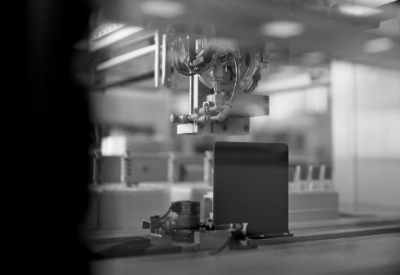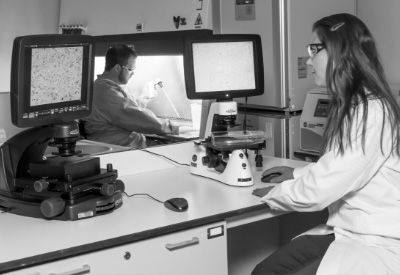September 2024 | News
The Increasing Demand for Small Power Sources for Satellites
In recent years, the satellite industry has seen remarkable growth, driven by the increasing demand for global connectivity, Earth observation, scientific research, and national security. This surge in satellite deployments, particularly small satellites or “smallsats,” has created a significant demand for innovative, long-lasting, and compact power sources. As the number of satellites orbiting Earth continues to rise, so does the need for reliable power solutions that can withstand the harsh conditions of space.
The Rise of Small Satellites
The development of small satellites has revolutionized the space industry. These compact, lightweight satellites are more cost-effective to produce and launch than their larger counterparts, making them an attractive option for both commercial and governmental entities. The ability to deploy large constellations of small satellites for applications, such as global internet coverage, climate monitoring, and military surveillance, has further accelerated their adoption.
However, the advantages of small satellites come with unique challenges, particularly when considering power supply. Traditional power sources, such as solar panels and chemical batteries, can be bulky and may not provide the long-term reliability needed for missions that extend over many years. Moreover, small satellites often operate in extreme environments, where temperature fluctuations, radiation, and limited sunlight can compromise power generation and storage or lead to catastrophic failure.

NanoTritium™ Batteries: A Game-Changing Small Power Source for Satellites
In response to the unique combination of challenges that require satellite power sources to be small, durable, and last for long periods of time, NanoTritium™ batteries have emerged as a compelling solution. These ultra-low-power, long-life tritium-powered batteries, designed specifically for challenging environments like outer space, offer a unique solution to satellite power challenges.
NanoTritium™ batteries are powered by the slow decay of tritium, a naturally occurring radioisotope of hydrogen. This innovative technology provides continuous power for 20+ years, making it an ideal choice for satellites that require long-term, maintenance-free operation. The batteries are also incredibly compact, lightweight, and capable of withstanding the extreme conditions of space, including high levels of radiation and temperature variations.
Powering Innovation in Satellite Technology
Beyond imaging sensors, City Labs is exploring other innovative space applications for NanoTritium™ technology. One such project is the development of a novel ion engine in collaboration with Dr. John Foster from the University of Michigan. This first-of-its-kind propulsion system will harness the beta particles generated by tritium decay to power small satellites, offering a low-mass, reliable solution for orbital maneuvers and deorbiting.
City Labs is also collaborating with Cornell’s Space Systems Design Studio to design NanoTritium™-powered ChipSats for deployment across the lunar south pole region. These miniature computers, renowned as the smallest spacecraft in the world, will search for water and other elements of interest for future human settlements on the Moon as part of a recently funded NASA Innovative Advanced Concepts award.
Meeting the Needs of Diverse Satellite Missions
While the commercial space industry is driving much of the demand for small satellites, the military and defense sectors are also significant players in this field. Satellites play a critical role in national security, providing real-time data for intelligence, surveillance, and reconnaissance (ISR) missions. City Labs’ NanoTritium™ batteries are particularly well-suited for military systems, as they offer the reliability and durability needed to support the most advanced military technology even in harsh environments.
City Labs has already secured several contracts with the U.S. Department of Defense, including projects focused on developing advanced self-powered satellite imaging sensors. These sensors, powered by NanoTritium™ batteries, will operate continuously and autonomously, ensuring that vital data is collected and transmitted even in the most challenging conditions.
Moreover, the company’s ongoing collaboration with leading scientists and researchers—including Dr. Thomas Adams, a research scientist at the Naval Surface Warfare Center—continues to push the boundaries of tritium battery technology for defense applications. This partnership is exploring new materials and processes to enhance the power output and radiation resistance of NanoTritium™ batteries, further expanding their potential contributions to both military and civilian space missions.
Helping Shape the Future of Satellite Technology
The rapid expansion of the satellite industry, especially in the small satellite segment, has created a pressing need for compact, long-lasting power sources that can withstand the rigors of space. City Labs is committed to developing new technologies and forging partnerships with government agencies, research institutions, and companies to play a pivotal role in shaping the future of satellite technology.
Whether for commercial, research, or military purposes, City Labs’ power solutions are helping to ensure that the next generation of satellites is more capable, resilient, and long-lasting than ever before. If you’re interested in joining us in our mission, contact us today.










